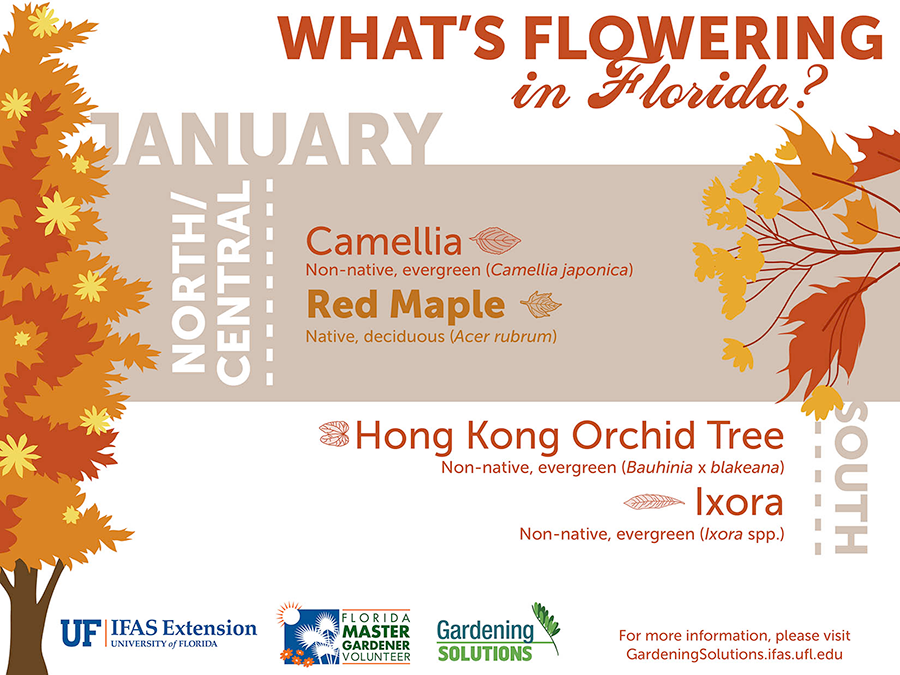Tree Care By Season: When Is The Most Ideal Time To Remove Trees?
Tree Care By Season: When Is The Most Ideal Time To Remove Trees?
Blog Article
Material By-Clay Nymand
When contemplating the best time to eliminate trees from your home, an important equilibrium has to be struck in between tree health and safety worries. Take into consideration the possible dangers postured by unsteady or rotting trees, and exactly how their elimination can mitigate these risks. Yet when specifically is the ideal minute to undertake this task? Stay tuned to discover the seasonal nuances that might influence your choice and make certain the well-being of your trees and environments.
Optimum Timing for Tree Elimination
When it concerns deciding on the ideal timing for tree removal, it's critical to consider elements such as the health and wellness of the tree, safety and security concerns, and environmental policies. Assessing the tree's total wellness is essential to determine if elimination is necessary. Dead or infected trees pose risks and must be eliminated quickly to stop accidents or property damage.
Safety and security concerns, such as closeness to buildings, power lines, or roadways, also play a considerable function in determining the most effective time for removal. Adhering to environmental regulations is essential to make certain that the removal process is performed properly and legitimately.
Thinking about these variables, the optimal timing for tree removal may vary. Typically, it's recommended to remove trees throughout the inactive period, typically in late fall or winter. During this moment, trees aren't actively growing, making removal less demanding for the tree. Additionally, with fewer fallen leaves, it's much easier for arborists to examine the tree's structure and safely perform the elimination procedure.
Seasonal Variables to Consider
To ensure effective tree treatment methods, it's essential to take into consideration the seasonal aspects that can impact the wellness and development of your trees. Understanding these seasonal variants can aid you plan your tree treatment activities successfully.
In springtime, trees focus on new growth and budding. This is a perfect time for trimming to form the tree and eliminate dead branches.
Summertime brings hot weather, demanding appropriate watering to maintain trees moisturized.
click here to read is when trees start planning for inactivity, making it a great time for deep root fertilization to sustain their root systems.
Winter season, with its cold temperatures, is a duration of dormancy for a lot of trees, making it a convenience for tree elimination or significant trimming.
Impact on Tree Wellness and Landscape
Thinking about the seasonal factors that affect your trees is crucial for their general health and wellness and the appearance of your landscape. Correct tree treatment throughout the year can dramatically impact their wellness and the aesthetic allure of your exterior space.
As an example, pruning throughout the inactive cold weather can promote healthy growth in the spring, while removing dead or diseased branches in the autumn can stop possible threats during winter tornados. Furthermore, checking your trees for signs of parasites and illness during the appropriate periods can help keep their vigor and prevent prevalent invasions.
In addition, the problem of your trees directly impacts the total landscape layout. Trees that are properly maintained and healthy and balanced can boost the charm and worth of your building, while overlooked or harmed trees may detract from the aesthetic appeal of your outside environment.
Final thought
Bear in mind, the most effective time to get rid of trees is during the dormant season to decrease stress and anxiety on the tree and guarantee its health and wellness. Consider Prune Plum Tree and possible risks before scheduling tree removal. By prioritizing responsible tree care and maintenance, you can keep a secure and aesthetically pleasing landscape for several years to come.
